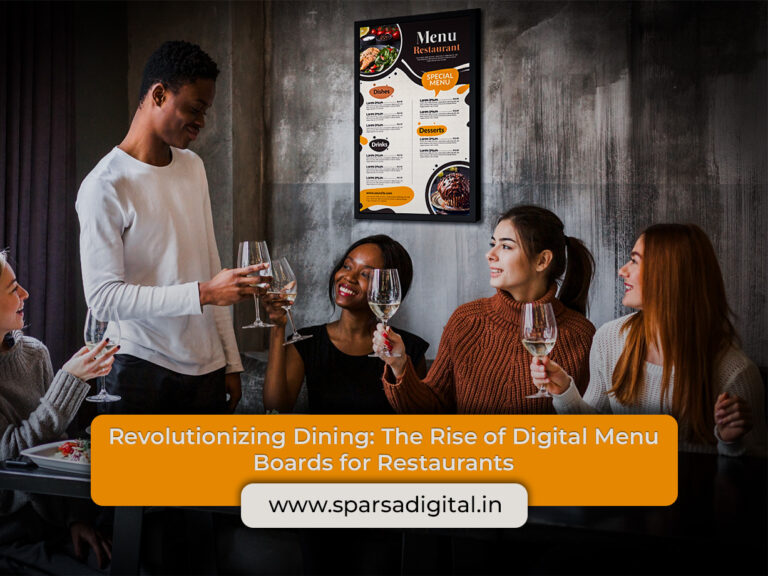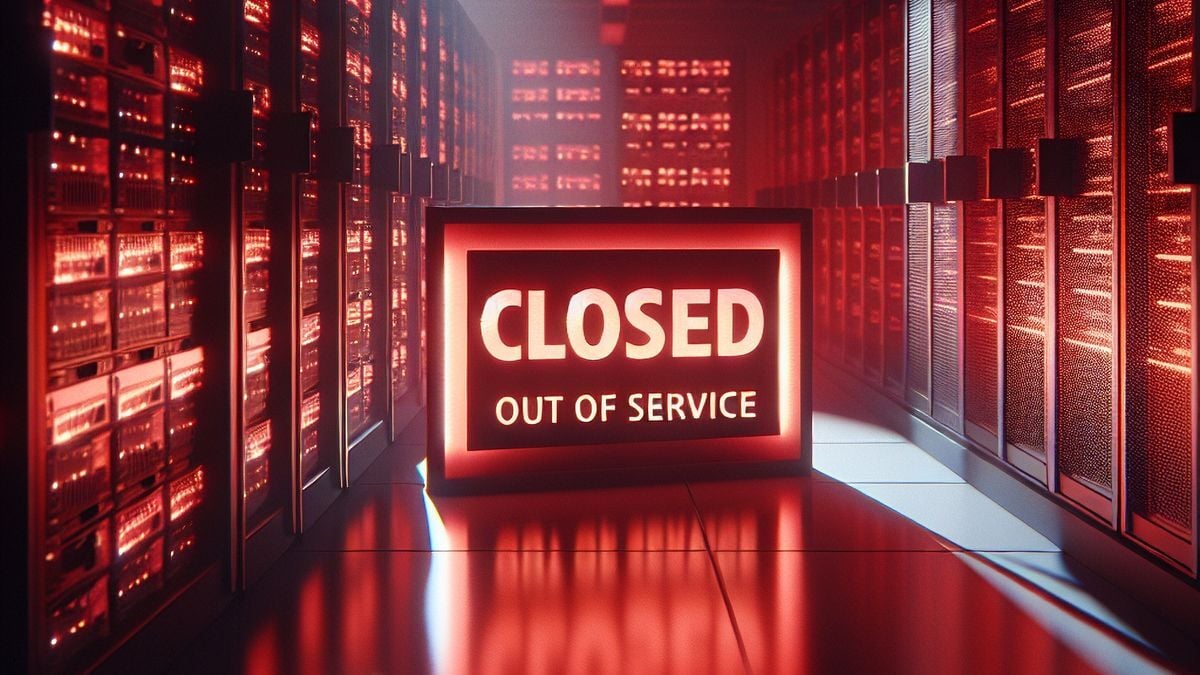Revolutionizing Dining: The Rise of Digital Menu Boards for Restaurants
-
In today’s rapidly evolving hospitality landscape, technology plays an integral role in how customers experience dining. Among the most transformative tools are digital menu boards for restaurants. As traditional static signage fades into obsolescence, restaurateurs are embracing digital menu for restaurants not just as a trend, but as a strategic operational shift.
These systems offer a powerful combination of adaptability, aesthetics, and customer engagement that static menus simply cannot match. The shift to digital is not merely a design upgrade; it represents a broader shift in how restaurants communicate with and serve their guests.
The Digital Menu: Beyond the Static Page
A digital menu board for restaurants replaces printed or chalkboard menus with a dynamic, screen-based interface. This transformation changes more than just visuals—it enhances functionality, responsiveness, and the customer’s decision-making journey.
Whether displayed on tablets at tables, interactive kiosks, or overhead screens at counters, digital menus provide real-time updates, offer personalized recommendations, and facilitate seamless ordering. For quick-service and fast-casual establishments in particular, digital menus streamline operations by reducing wait times and increasing order accuracy.
Check It Now: Digital Menu Boards
Menu Boards for Restaurants: A New Visual Identity
Menu boards for restaurants, especially when digitized, serve as a visual anchor for the brand. They communicate tone, style, and quality, often before a customer even places an order. Vibrant imagery, animated specials, and interactive features draw attention and spark appetite, encouraging upselling through visually compelling presentations.
Traditional menu boards offered limited space and static options. Changing them required time, printing costs, and labor. With digital menu boards, updates can happen instantly across locations, controlled from a centralized interface. This reduces human error and ensures consistency in branding and compliance with regional regulations (e.g., calorie counts or allergen disclosures).
Benefits of Going Digital
The reasons to adopt a digital menu for restaurants are vast. While aesthetics and convenience are major benefits, the advantages run deeper:
-
Real-Time Flexibility
Daily specials? Seasonal changes? Supplier shortages? No problem. Digital menus allow for instant changes to reflect new items, remove unavailable dishes, or adjust pricing—all without reprinting a single sheet. This adaptability supports inventory management and minimizes customer dissatisfaction. -
Improved Upselling and Promotions
Digital menu boards for restaurants can spotlight high-margin items, suggest combos, or rotate promotional content throughout the day. Breakfast specials in the morning can seamlessly transition to lunch deals, then to happy hour promos, all automatically scheduled.
Strategic placement of items, accompanied by appealing imagery or short videos, can subtly guide customer choices toward more profitable selections.
- Enhanced Customer Experience
The modern diner expects clarity, speed, and personalization. A well-designed digital menu provides all three. Clear visuals, logical category separation, allergen filters, and multilingual options all contribute to a smoother experience, reducing order anxiety and increasing satisfaction.
Interactive screens even allow for customization, especially in fast-casual or build-your-own concepts. Customers can see the results of their selections in real-time, increasing engagement and order confidence.
- Data-Driven Decision Making
One of the most underappreciated advantages of digital menu boards is data collection. Which items are selling the most? How do time-of-day or day-of-week trends affect preferences? Which promotions perform best?
With digital systems, these insights are captured automatically. Restaurant owners and managers can make informed decisions about inventory, marketing, staffing, and layout based on real behavior rather than assumptions.
- Sustainability and Cost Savings
While the initial investment in a digital menu system may seem high, the long-term savings are considerable. Eliminating recurring printing costs, reducing food waste through accurate demand prediction, and minimizing order mistakes all contribute to a more sustainable and cost-efficient operation.
Moreover, digital menus reduce the environmental footprint, aligning with the growing consumer demand for eco-conscious brands.
Challenges and Considerations
Despite the many benefits, adopting a digital menu for restaurants isn’t without challenges. Upfront investment in hardware, software, and employee training can be significant. Technical issues such as screen malfunctions or network disruptions must also be addressed with proper IT support.
Moreover, the design of digital menu boards must strike a balance between information density and readability. Overloading a screen with text or visuals can confuse customers rather than help them.
Key Considerations When Implementing:
Hardware Durability: Choose commercial-grade displays that can handle kitchen heat, grease, and long operating hours.
Content Management System (CMS): Ensure your CMS is user-friendly and supports remote updates across locations.
Design Simplicity: Use clean layouts, easy-to-read fonts, and intuitive navigation. Avoid overcomplicating visuals.
Accessibility: Include features like high-contrast text, voice assistance, or screen readers for ADA compliance.
Security: Protect your network and data against cyber threats, especially if ordering and payment features are integrated.
Digital Menus in Different Restaurant Models
The benefits of digital menu boards for restaurants vary by format. Here’s how different types of dining establishments use them:
Fast-Food Chains
Speed is critical. Digital menu boards allow for automated dayparting, upselling, and rapid order flow. Integration with POS systems improves accuracy and reporting.Fast-Casual
Customers expect customization. Interactive kiosks and dynamic menu boards offer clear options and reduce bottlenecks during peak hours.Casual Dining
Digital menus via tablets or touchscreens at the table offer ordering convenience and reduce server workload. They also entertain diners with promotional content or loyalty program info.Fine Dining
Though less common, digital wine lists or dessert menus on sleek tablets are being used to elevate presentation and reduce the need for physical contact.Ghost Kitchens and Food Halls
For locations without physical dining areas, digital menus are displayed on external screens or integrated into third-party apps. Consistency across channels is key.Future Outlook
As AI and personalization evolve, digital menu for restaurants will go beyond simple display functions. Imagine menus that suggest items based on past orders, current weather, or dietary restrictions. Integration with wearable tech or voice-activated ordering is already being tested.
Menu boards will become smarter and more predictive, able to adjust in real-time based on customer traffic, inventory, or even social media trends.
Voice, touch, and gesture controls could soon replace traditional navigation altogether. Digital menus may also incorporate AR (augmented reality) to visualize portion sizes or ingredients.
Conclusion
The transition from static boards to digital menu boards for restaurants marks a significant evolution in the food service industry. The advantages: ranging from operational efficiency and brand cohesion to improved customer experience and real-time adaptability, make it an essential tool for modern restaurants.
Whether you’re a single-location café or a multi-unit franchise, investing in a digital menu for restaurants is no longer just a competitive edge; it’s becoming a standard. Embracing this technology today positions your restaurant for a more agile, customer-centric, and data-driven tomorrow.

-
-
-
Meta rolled back protections. Now hate is surging - What we're seeing: More hate, more fear, less freedom.
Technology 1
1
-
-
-
In North Korea, your phone secretly takes screenshots every 5 minutes for government surveillance
Technology 1
1
-
Germany's Federal Cartel Office warns Amazon that its marketplace retailer price controls likely violate national and EU laws, in its preliminary assessment
Technology1
-
-
Research shows more than 80% of AI projects fail, wasting billions of dollars in capital and resources: Report
Technology 1
1

